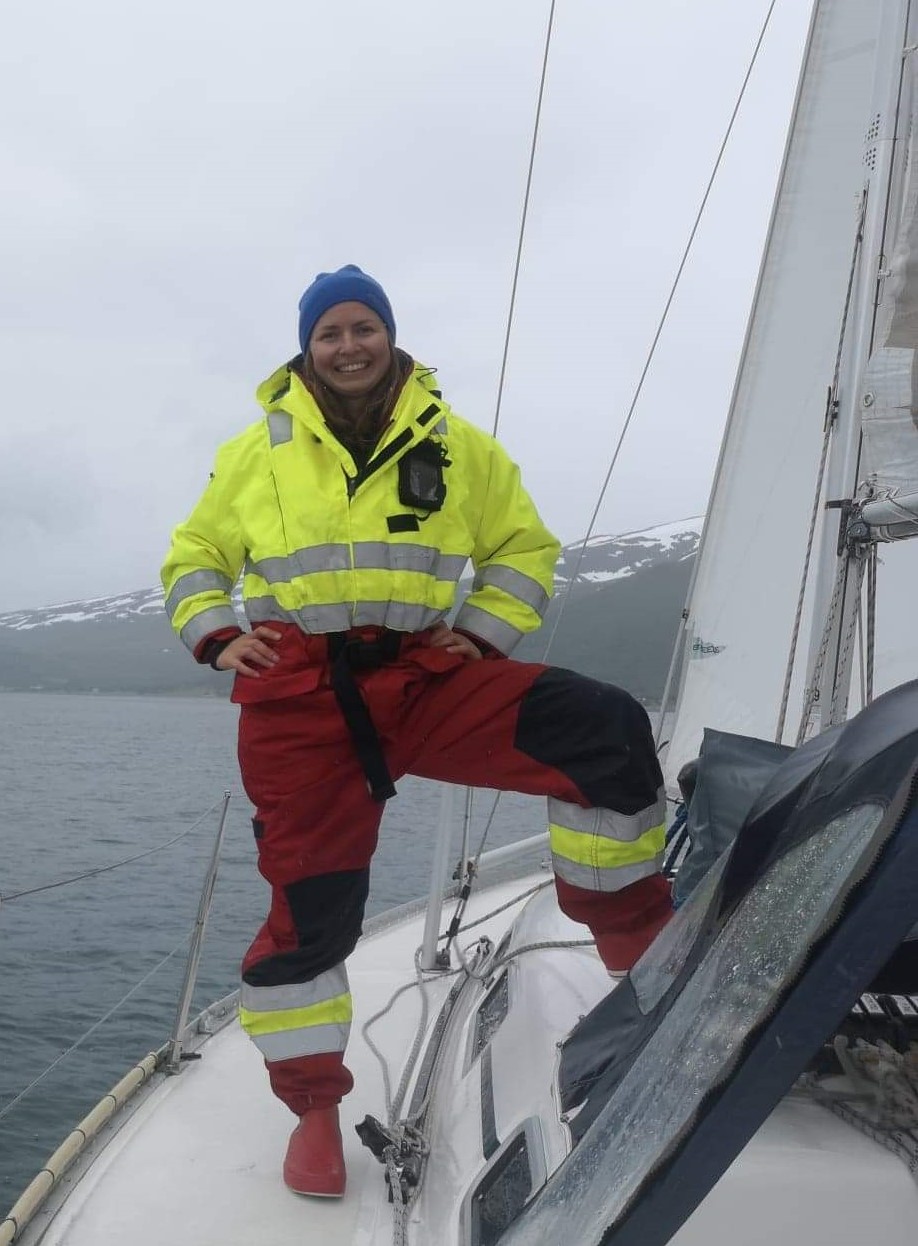Report - Data from the BREA-MFP and CBS-MEA research programs describing the Anguniaqvia niqiqyuam Marine Protected Area (ANMPA) ecosystem
Published in Canadian data report of fisheries and aquatic sciences, 2020
Recommended citation: Niemi, A., Majewski, A., et al. (including Dunn, M.) (2020). Data from the BREA-MFP and CBS-MEA research programs describing the Anguniaqvia niqiqyuam Marine Protected Area (ANMPA) ecosystem. Can. Data Rep. Fish. Aquat. Sci. 1316: ix + 90 p. https://publications.gc.ca/site/eng/9.892324/publication.html
The conservation objectives of the Anguniaqvia niqiqyuam Marine Protected Area (ANMPA) focus on maintaining the integrity of marine habitats offshore of the Cape Parry Migratory Bird Sanctuary that support populations of key species, such as beluga whales, Arctic Char, and ringed and bearded seals. This report provides ecosystem-level scientific knowledge to support the development of monitoring objectives and activities. Physical, chemical and biological data are presented from the Beaufort Regional Environmental Assessment (BREA) Marine Fishes Project (MFP) (2012-2014) and the Canadian Beaufort Sea Marine Ecosystem Assessment (CBS-MEA) (2017-2019). Data were primarily collected from stations within 15 NM of the ANMPA, as well as from oceanographic transects across Franklin and Darnley Bays. Plots of temperature, salinity, nutrients and chlorophyll a show variable environmental conditions among years. Spatial and temporal variability is also described for the distribution, abundance and biodiversity of zooplankton, benthic invertebrates (epi- and infauna) and marine fishes, as well as for food web tracers (e.g., stable isotope data) and variables that reflect sediment conditions
Recommended citation: Niemi, A., Majewski, A., et al. (2020). Data from the BREA-MFP and CBS-MEA research programs describing the Anguniaqvia niqiqyuam Marine Protected Area (ANMPA) ecosystem. Can. Data Rep. Fish. Aquat. Sci. 1316: ix + 90 p.
